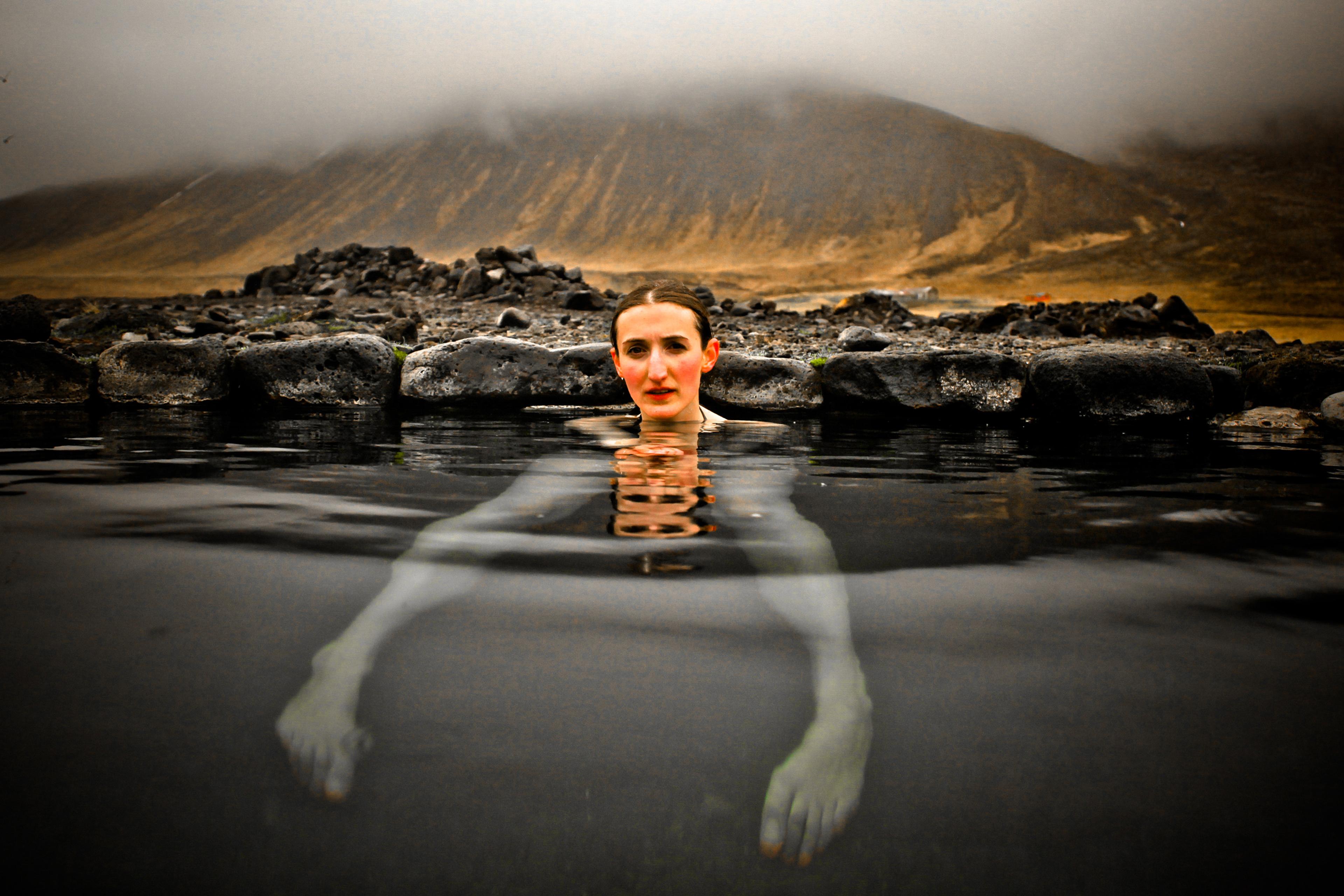The first photographic negatives were made without cameras. Set on a plate of photo-sensitive material such as silver gelatin and drenched in light, an object – a leaf, a hand, perhaps the rain illuminated by lightning – could leave a glowing impression on a blackened, exposed background. We often think of the endless stream of digital photography as a way of capturing the moment, over and over again, but the photogram made this literal: it captured visually, for the first time, what it means to be in direct contact with the world. Photograms afforded an artist (or scientist) the ability to be present and to make material hold its presence forever. More accurate than an illustration, photograms (and then cyanotypes) were used by natural scientists to show how things really were.
In Josh Gibson’s film essay Light Plate, light slides up the wall in the hazy patina of the passing morning. The view through a window of a church tower shimmers, not with the heat, but with the passing frames of hand-developed film. As the viewer moves through the Tuscan countryside, from rolling hill to olive grove, to focus on a woman making pasta by hand, we are reminded through the flickering sky of the filmmaker’s presence. Two stories run in parallel: the story of pasta-making, where a woman showers flour over a table and kneads elastic dough in the blinding white light of day, and a hidden counter-story, like a negative: the filmmaker’s craft in the blackout of the darkroom. As the woman slices dough into ribbons of pasta on a bleached terrace, one’s mind might flash to the reams of film in a darkened developer’s studio.
Like all kinds of hand-making, pasta requires a sense of attunement and attention: to the fragile walls of flour that contain a shining yolk; to the changing consistency of the dough that resists, resists, and finally, impossibly, yields. Gibson’s film encourages the viewer to go further. Contrasting scenes of pasta-making, ancient olive trees, a delicate close-up of wheat ears in a field, the arriving rain, Gibson invites us to look closer, to witness the interconnectedness of everything. There is a sensual, ecstatic joy in the slow realisation that all of it – wheat, oil, water, even the sunlight itself, will culminate in a perfect plate for some fortunate eater to savour. Perhaps the viewer can taste it; perhaps they feel themselves, for a moment, in direct contact with the experience.
Written by Nicola Williams







